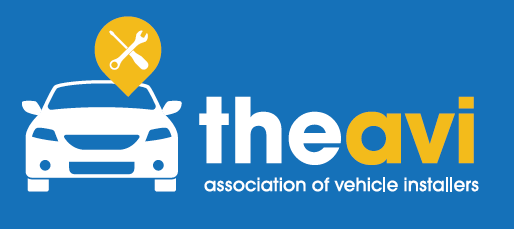Vehicle Telematics
Advanced technology integrating GPS systems & onboard communication services
What is Vehicle Telematics?
In the automotive or fleet sector, telematics commonly refers to vehicle telematics or fleet telematics. Vehicle telematics encompasses onboard communication services and applications that utilise GPS receivers and other telematics devices for seamless interaction. The primary application is vehicle tracking, achieved by integrating a GPS system with onboard diagnostics, providing precise location mapping and real-time speed data.
The growing popularity of vehicle telematics is a direct outcome of increased business demand and regulatory mandates. Fleets now depend on telematics data not just for compliance with driver hour regulations but also for enhancing overall operational efficiency.
How Does Telematics Work?
- A vehicle's whereabouts are relayed to a telematics device, like the using a GPS receiver or GPRS. The vehicle then transmits data to a server through a wireless network.
- The transmission of information from the vehicle to the telematics provider is overseen by a telecommunications company.
- The internet facilitates the transfer of data from the telematics provider to a computer or mobile device, granting fleet managers access to the information.
What are Vehicle Telematics Used For?
01 Telematics Vehicle Tracking:
In telematics vehicle tracking systems, GPS and an onboard GPRS modem communicate with users through web-based software. This technology transforms vehicle data into actionable information using management reporting tools and mapping software.
02 Trailer/Container Tracking:
GPS devices convey location information through mobile phone or satellite communication.
03 Fleet Vehicle Telematics Management:
Commercial vehicle telematics entails overseeing a company’s fleet, covering aspects like vehicle scheduling, financing, maintenance, and onboard diagnostics. It includes managing drivers, fuel usage, health, safety, and compliance with Duty of Care obligations. The goal is to reduce costs, enhance productivity, and minimise risks associated with vehicle investment.
04 Telematics Standards:
Adhering to standards developed by the Association of Equipment Management Professionals is essential for vehicle telematics providers. These standards enable the delivery of telematics data in a standardised XML format.
05 Wireless Vehicle Safety Communications:
Sensors in electronic subsystems within vehicles and fixed locations transmit safety information across broader networks. This data is then displayed to drivers, aiding in optimising routes and fuel usage in company vehicle telematics.
06 Emergency Warning Systems:
Open, self-orienting telematics architectures blend warning information seamlessly with nearby vehicles. These systems provide instant, autonomous warning notifications in real-time, utilising computerised systems that update information rapidly. Silicon micromachined components and radio transceivers work together to ensure precision and reliability in functions such as emergency warning validation and performance reconstruction.
07 Carsharing:
Vehicle telematics services play a crucial role in tracking members' usage for pay-as-you-drive billing, monitoring available vehicles, and using GPS tracking to define pre-defined geofence areas for vehicle availability.
08 Insurance:
Insurance companies leverage driver behaviour data obtained through telematics to assess risk and adjust customer premiums accordingly. Behaviours like speeding and non-compliance with road signals lead to higher premiums.
Vehicle Telematics Definition:
Vehicle telematics is an interdisciplinary field that combines telecommunications, informatics, computer science, electrical engineering, and vehicular technologies to create a vehicle telematics system that functions to collect and derive insight from vehicle telematics data and ultimately improve the efficiency and safety of the overall driver experience.








